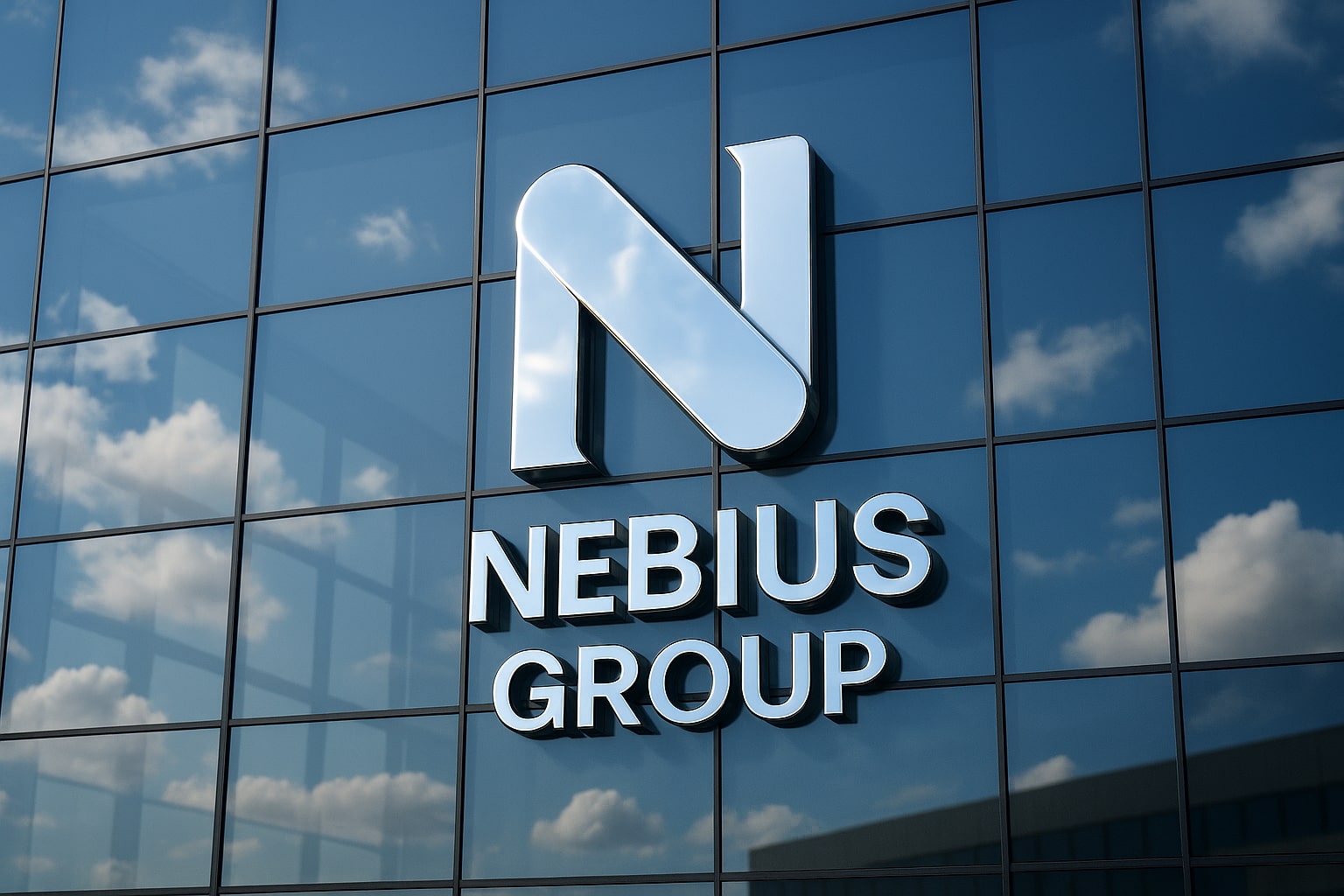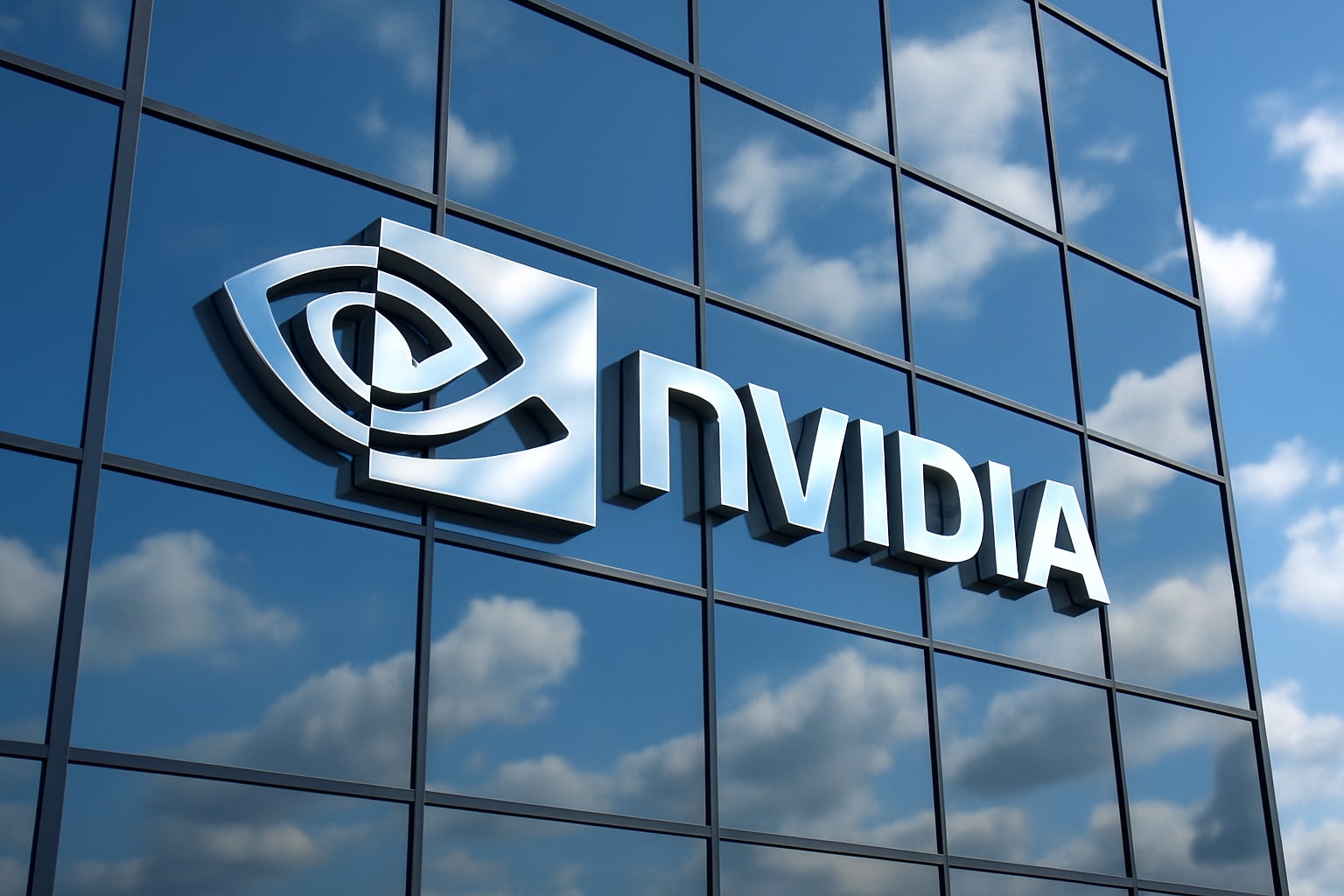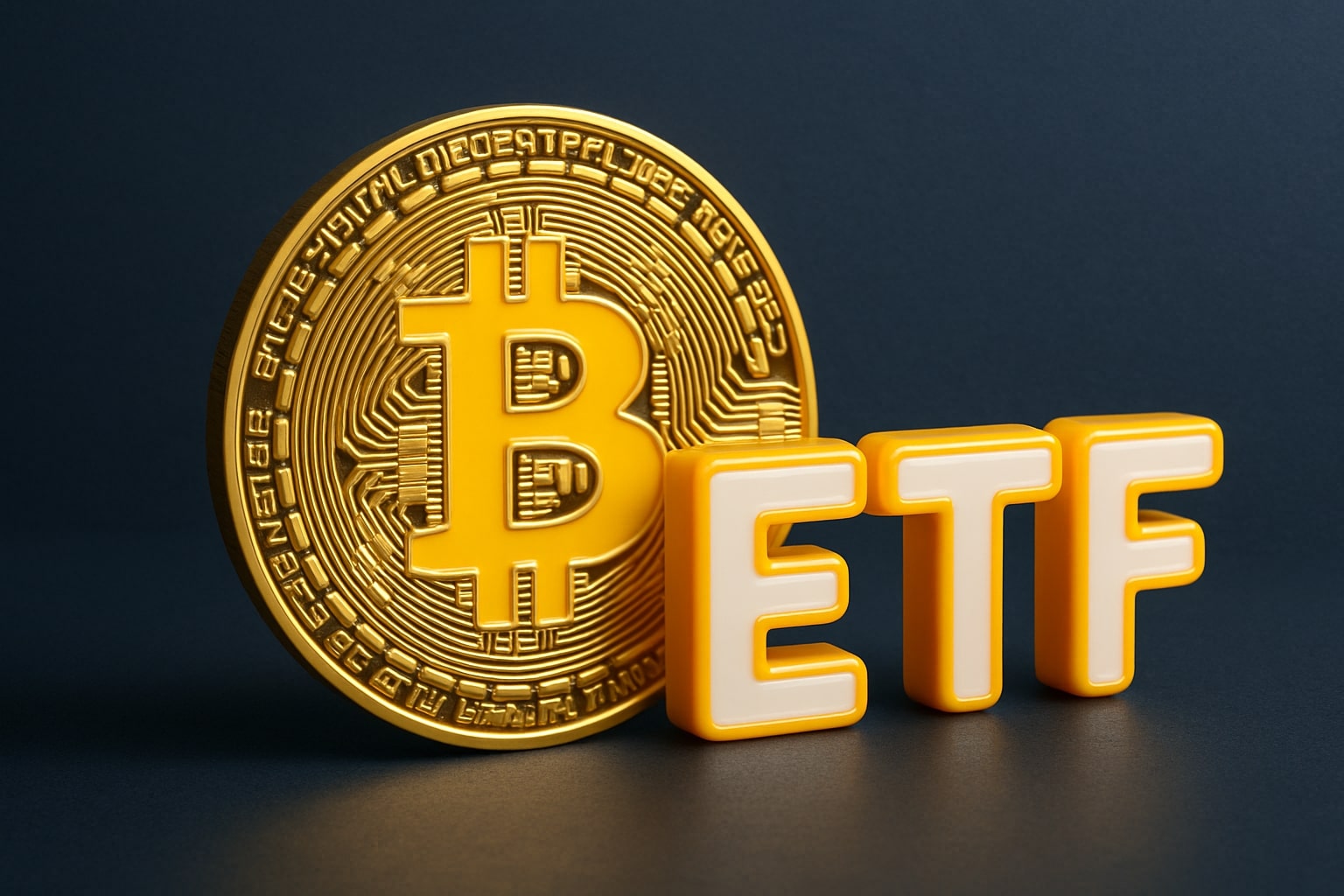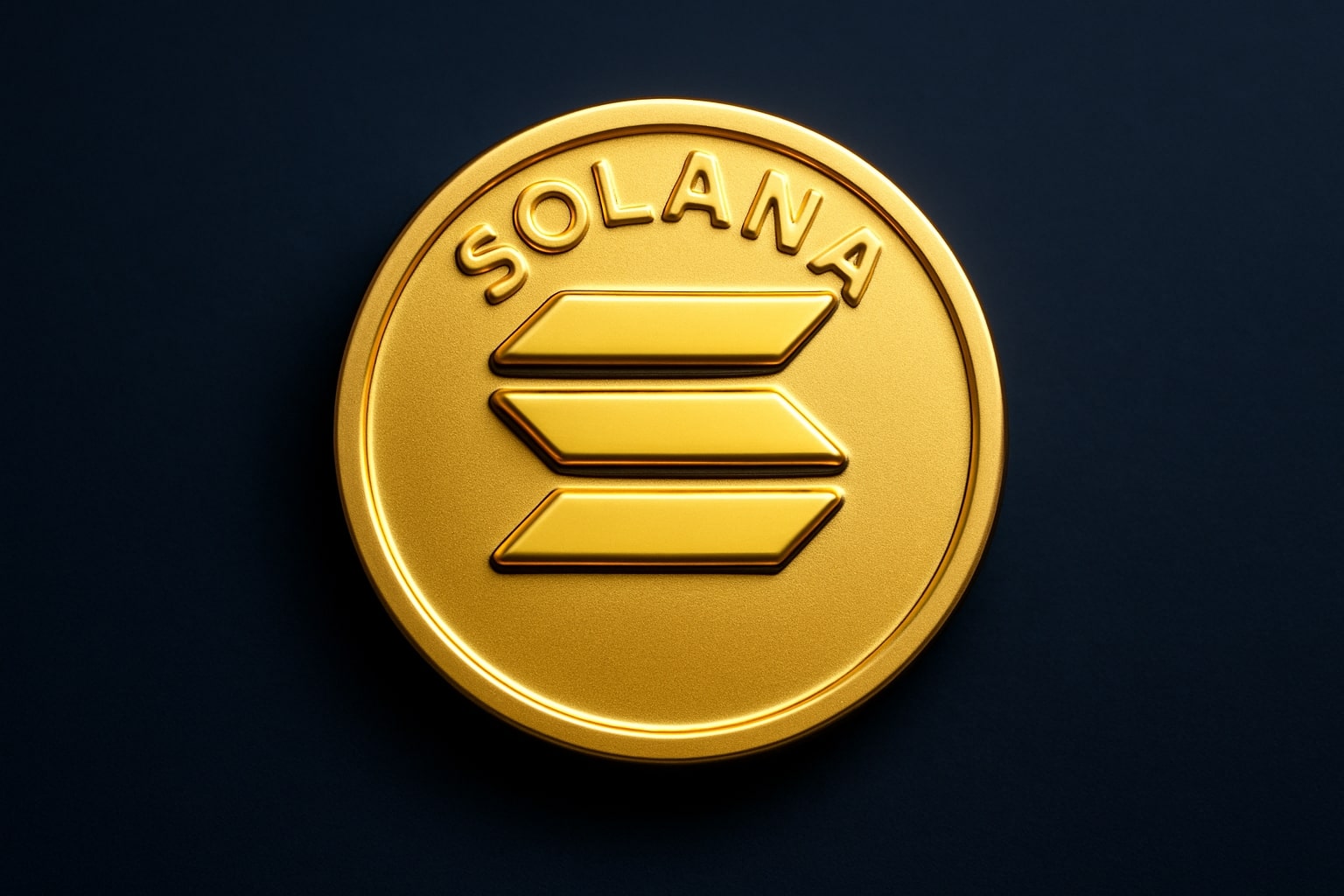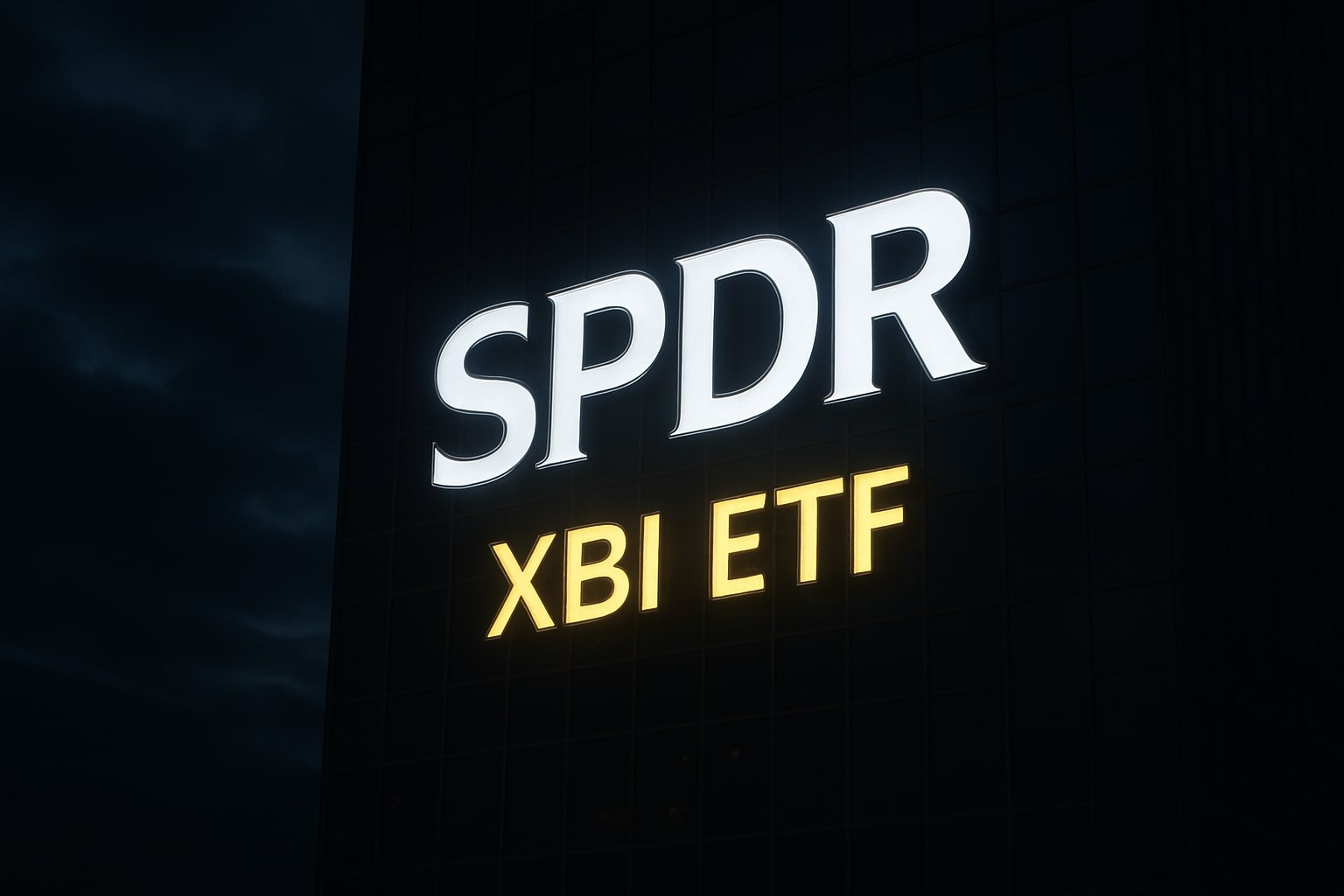
XBI ETF Climbs to $114 on Biotech Funding Revival, M&A Acceleration, and Regulatory Tailwinds
NYSEARCA:XBI rallies nearly 30% YTD as falling capital costs boost cash-burning biotech and big pharma restarts premium acquisitions | That's TradingNEWS
Biotech Capital Rotation Reshapes The Momentum Behind NYSEARCA:XBI
The latest climb in NYSEARCA:XBI toward the $114.01 level reflects a decisive shift in biotech sentiment, driven by a revival in capital availability, renewed strategic M&A appetite, and easing regulatory uncertainty. The ETF’s equal-weight structure channels every spark of liquidity disproportionately into its mid-cap and early-stage components, producing the nearly thirty percent year-to-date surge that has returned attention to a sector long deprived of speculative flows. With its 0.35% expense ratio, minimal spread, and ninety percent turnover schedule driven by quarterly rebalancing, the fund behaves as a high-beta carrier of biotech risk, amplifying upside whenever fresh capital rotates into the space. The median $2.56 billion market cap of XBI’s basket, contrasted against the artificially inflated weighted average of $25.4 billion, exposes how heavily the ETF leans toward companies dependent on external financing, making the recent rebound inseparable from improving funding conditions.
Regulatory Realignment And Cash-Flow Expansion Drive Strategic M&A Into XBI’s Core
The appointment of Richard Pazdur to CDER leadership has reduced uncertainty around agency posture, easing a long period of regulatory caution. Paired with Trump-era reshuffles settling into stable operational patterns, large-cap pharmaceutical companies have regained confidence in late-stage pipelines and accelerated premium acquisition strategies. This is visible across peer indicators such as the State Street Pharmaceuticals ETF (XPH) showing an 18.59% year-to-date return with a P/CF ratio of 10, confirming that pharma cash flows are expanding. These cash flow levels historically precede M&A surges that directly elevate NYSEARCA:XBI, where a single mid-cap acquisition can rerate the ETF’s equal-weight basket due to the proportional redistribution effect. Novartis’ interest in Avidity Biosciences (RNA), a current XBI component, exemplifies how deal activity catalyzes the ETF disproportionately versus market-weighted peers.
Capital Costs Ease As Rate Cuts Arrive And Reflexive Pressure On Cash-Burners Relaxes
Funding stress has been the central headwind for biotechnology since the rate hikes began several years ago. High borrowing costs and cautious equity markets created reflexive downturns for the early-stage businesses that populate XBI. The introduction of rate cuts—arriving even during the federal funding standoff—softens that reflexive loop. While inflation remains stubborn, the partial relief lowers discount rates on long-duration drug development pipelines and revives investor willingness to underwrite multi-year clinical roadmaps. Because XBI is concentrated with pre-revenue and trial-stage issuers, it captures improving liquidity far more rapidly than diversified healthcare or broad-market ETFs. This is why XBI’s rebound materially outpaces more conservative vehicles such as IBB, even though both belong to the same sector.
IPO And Private Market Velocity Signals Early Revival In Biotech Funding Channels
The recovery of initial public offerings has been uneven but meaningful. Overall IPO proceeds increased twenty percent year-over-year, driven by broad market normalization and renewed appetite for high-growth listings. Healthcare remains underrepresented, contributing only twelve percent of Q3 issuance and half that by proceeds, but private-market velocity has clearly risen. Historically, biotech IPO cycles lag major technology issuance by two to three quarters; with tech IPO momentum returning, the capital window for clinical-stage biotech is approaching its next reopening. This matters disproportionately for NYSEARCA:XBI, whose components rely on capital-market access rather than ongoing free cash flow. Even small improvements in issuance frequency significantly reduce the dilution pressure that dragged the sector through its 2021–2024 valuation collapse.
Equal-Weight Construction Transmits M&A Premiums And Market Rotations Into Higher Beta For NYSEARCA:XBI
XBI’s design differentiates it sharply from market-weight competitors. While IBB concentrates nearly half its weight in ten companies, XBI equalizes exposure across roughly one hundred thirty-four holdings. When small-caps or mid-caps spike on data readouts, licensing deals, or buyout premiums, XBI distributes those benefits across the entire basket via its quarterly rebalance. This structure magnifies upside during expansionary phases but also increases sensitivity during downturns. BBC exhibits even more aggressive clinical-stage concentration and has delivered stronger year-to-date gains, but its cost structure—almost twice that of XBI—weakens its risk-adjusted appeal. XBI remains the sector’s most efficient high-beta proxy for biotech cyclical reversals.
Read More
-
Meta Stock Price Forecast - Meta Shares Reprices At $609 As AI Costs Surge And Engagement Hits Record Highs
16.11.2025 · TradingNEWS ArchiveStocks
-
XRP ETF Momentum Explodes as XRPI Hits $13.30 and XRPR Trades at $18.61 While Bitcoin Slumps to $95K
16.11.2025 · TradingNEWS ArchiveCrypto
-
Natural Gas Price NG=F Breaks to $4.65 on Historic LNG Demand and Winter Shock
16.11.2025 · TradingNEWS ArchiveCommodities
-
Stock Market Today: Wall Street Drops as Nasdaq Hits 22,552 and S&P Falls to 6,664 Before Nvidia’s Report
16.11.2025 · TradingNEWS ArchiveMarkets
-
USD/JPY Price Forecast - Yen Hits 155.04 High as Intervention Fears Rise and Fed Signals Boost Dollar
16.11.2025 · TradingNEWS ArchiveForex
Drawdown Patterns Reveal XBI’s Dependence On Global Risk Appetite And Liquidity Waves
Despite diversification, NYSEARCA:XBI remains correlated to risk-on sentiment. During April’s macro correction, XBI experienced a steeper decline and longer recovery period than the S&P 500. While isolated events like the seventy-five percent collapse in Charles River Laboratories (CRL) barely dented XBI because of small basket weight, sector-wide liquidity stress can still inflict broad damage. With extended valuations in AI equities and tightening global liquidity, biotech inherits macro fragility. However, unlike other risk-on assets, biotech benefits from fundamentals anchored in regulatory catalysts, clinical milestones, and strategic M&A—giving XBI a path to outperform when funding channels normalize even if other speculative categories stall.
Valuation Context Favors XBI As Broad Biotech Trades At Tempered Multiples Relative To History
Traditional valuation metrics are distorted by the unprofitable nature of many constituents, but category-level historical patterns show biotech multiples are currently restrained. Meanwhile, the S&P 500 trades above long-term average valuation bands. This inversion matters: biotech rarely trades at a relative discount to broad indices, and when it does, forward returns tend to outperform once liquidity stabilizes. For XBI, which carries the highest sensitivity to valuation mean-reversion among major biotech ETFs, this creates a compelling asymmetry—particularly with the ETF still priced at $114.01, well below its prior cycle highs.
Increasing M&A Frequency Confirms That Big Pharma Is Returning To Opportunistic Acquisition Cycles
Recent deals demonstrate that big pharma is no longer waiting for distressed valuations before acquiring late-stage platforms. Across the U.S. mid-cap universe, strategic buyers are targeting precision therapeutics, RNA-based mechanisms, oncology franchises, and rare-disease platforms—categories heavily represented in XBI’s holdings. As cash flows rise and patent cliffs approach, acquisition pressure will intensify. Because XBI spreads acquisition premiums across every constituent during quarterly redistribution, it benefits more broadly than concentrated ETFs. Rising deal frequency is historically one of the most reliable indicators of a coming biotech bull phase.
Macro Risk Remains The Wildcard, But Sector Positioning Suggests Biotech Is In Early Expansion Mode
The sector sits at a crossroads. Persistent CPI slows the probability of deeper rate cuts. Global valuations face pressure as overstretched tech multiples begin correcting. But within this environment, biotech shows conditions characteristic of early-cycle expansion: renewed M&A volume, regulatory clarity, improving IPO appetite, rising private-market velocity, declining capital costs, and strong early-year returns. For NYSEARCA:XBI, these forces combine into a reinforced high-beta setup at a time when valuations are historically modest.
Final Verdict On NYSEARCA:XBI Based On Full Data Integration
The underlying data, the funding cycle inflection, the structural leverage to M&A premiums, improving liquidity trends, returning market velocity, and its position at $114.01—below prior cycle highs—collectively justify a BUY rating. The ETF offers high-beta exposure to what appears to be a reaccelerating biotech cycle, supported by catalysts across regulation, capital markets, and strategic activity















